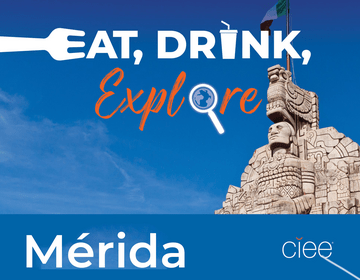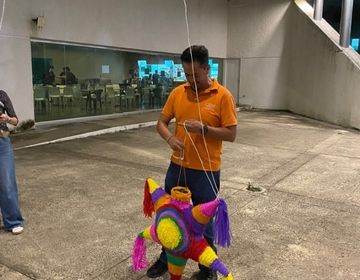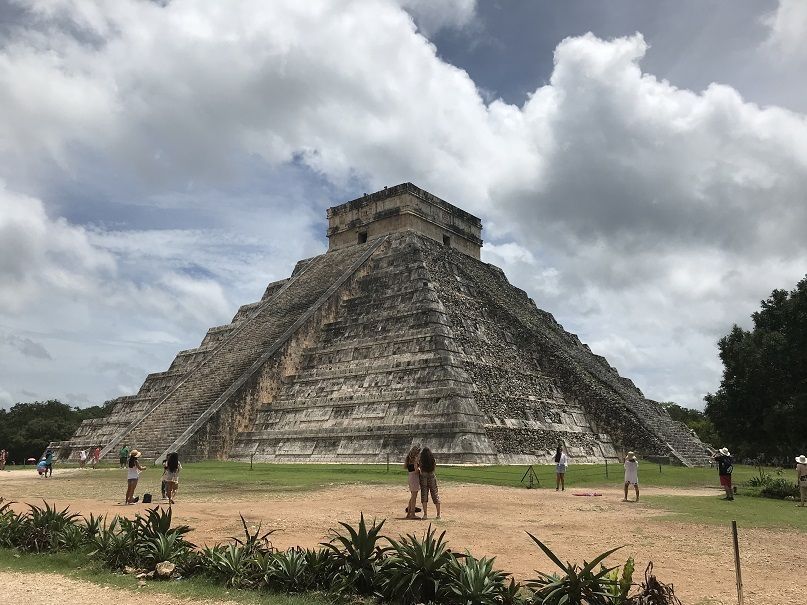To See or Not to See Chichen Itzá?
If you’re ever plagued with the question, “should I?” or “shouldn’t I?” visit the UNESCO World Heritage site, Chichen Itzá, here’s the answer. “YES!”
First of all, any time you get the chance to visit a UNESCO World Heritage site, do so. It’s not a simple feat to earn the title – UNESCO World Heritage site. In fact, here are just three of the ten ambitious hoops a site needs to clear in order to receive the title:
- The site represents a masterpiece of human creative genius.
- The site exhibits an important interchange of human values, over a span of time, or within a cultural area of the world, on developments in architecture or technology, monumental arts, town-planning or landscape design.
- The site bears a unique or at least exceptional testimony to a cultural tradition or to a civilization which is living or which has disappeared.
Lofty entrance requirements, to say the least.
So, let’s put Chichen Itzá to the test.
Does it represent a “masterpiece of human creative genius”?
YES. El Castillo is the main building, rising 79 feet above the main plaza. The scaling is such that it perfectly represents the 365-day calendar of the year using a series of square terraces on four sides leading to the temple on top. For the Maya, there were 19 months per year – 18 20-day months, and one five-day month, all reflected on the 91 steps to the top alter.
Does Chichen Itzá highlight development in architecture, town-planning, or landscape design?
YES. The site not only contains the main pyramid, but an entire village complete with a ball court, Temple of Warriors, and Sacred Cenote. It captures life in the Maya community and offers a solid look at their beliefs, culture, and way of life.
Does the site bear testament to a civilization which is living or has disappeared?
YES. The Maya are alive and well throughout the Yucatán Peninsula. There are an estimated 8 million Mayans living throughout Central America – some keeping the traditional way of life – others melding into the mainstream. Either way, the Mayans have been around since 3,000 B.C. and remain an integral part of Central America’s indigenous culture.
Related Posts

EAT, DRINK, EXPLORE: MERIDA
BEST FOOD TO EAT IN MERIDA Yucatecan cuisine is heavily influenced by the ancient Maya who successfully turned local crops like tomatoes, turkey, chiles, corn, and pumpkins into complexly flavored... keep reading

Why Should You Choose to Study Abroad in Mexico?
By: Michael Kline Are you ready to embark on a journey that combines academic enrichment, cultural discovery, and personal growth? Studying abroad in Mexico with CIEE offers all this and... keep reading

Top 7 Spanish Immersion Programs with CIEE Study Abroad
Let’s be real: There’s no better way to learn Spanish than actually living it. Forget the textbook exercises and Duolingo streaks – envision yourself chatting with locals about fútbol (not... keep reading

